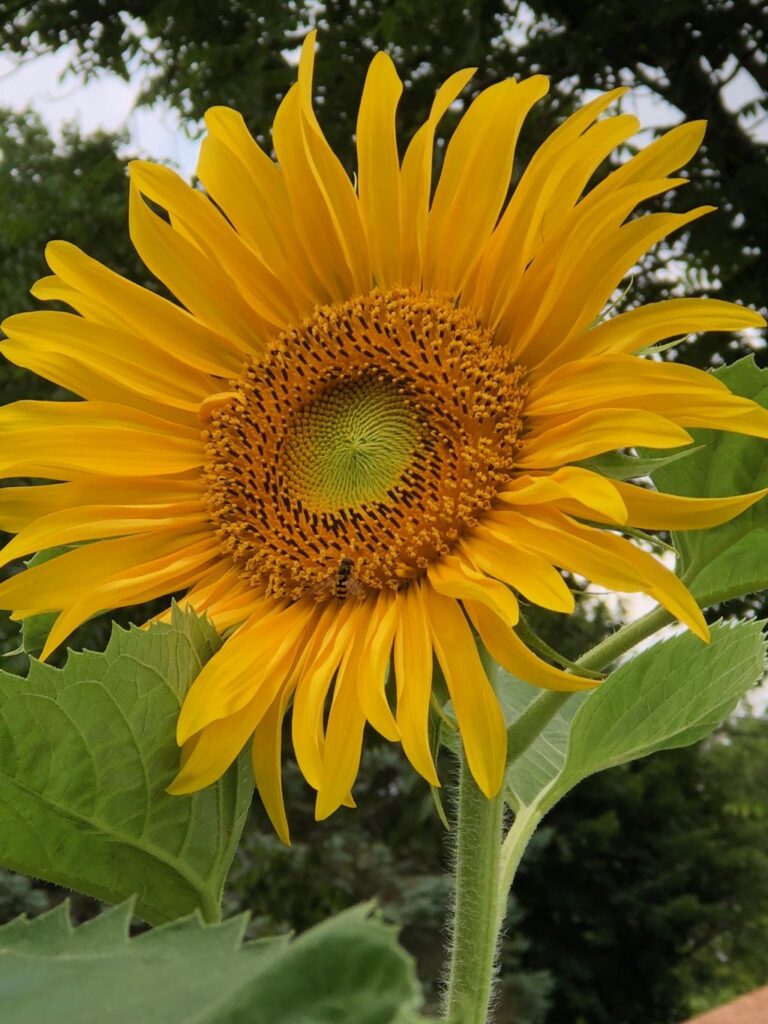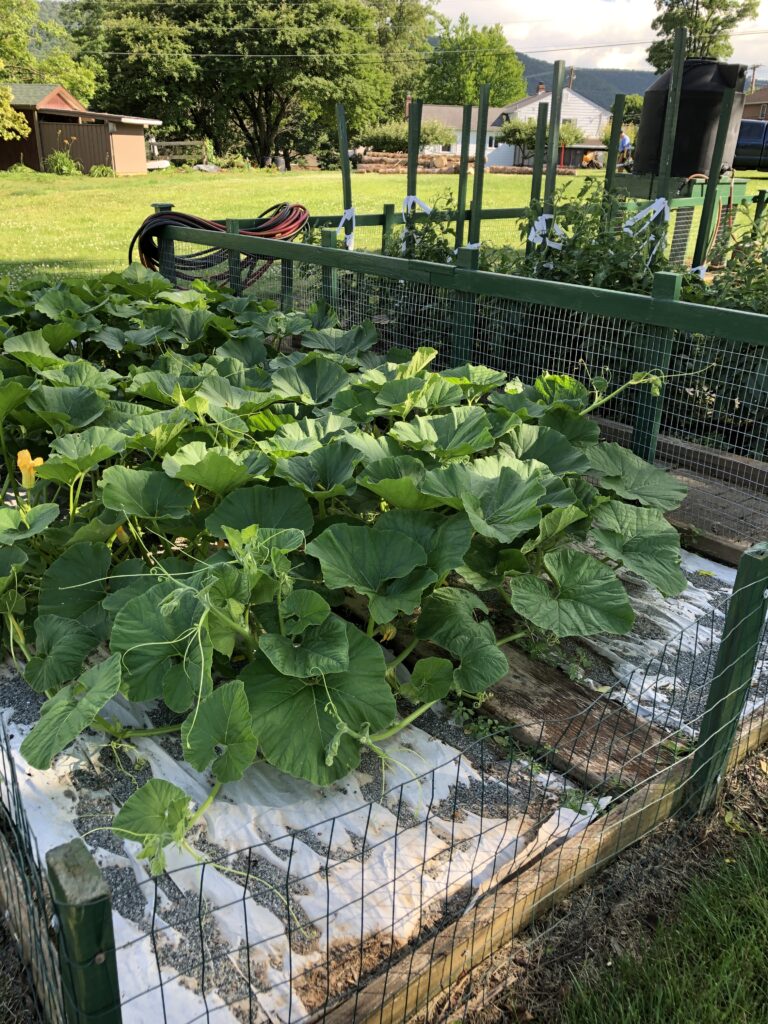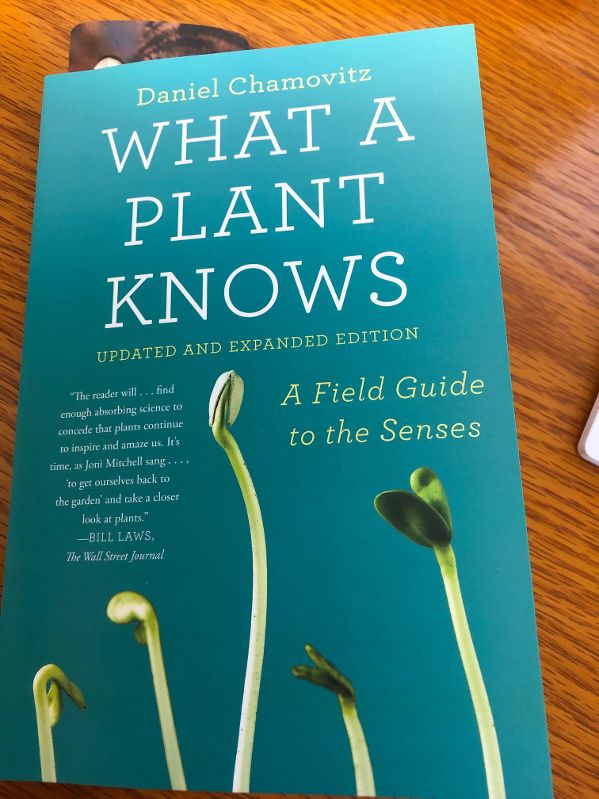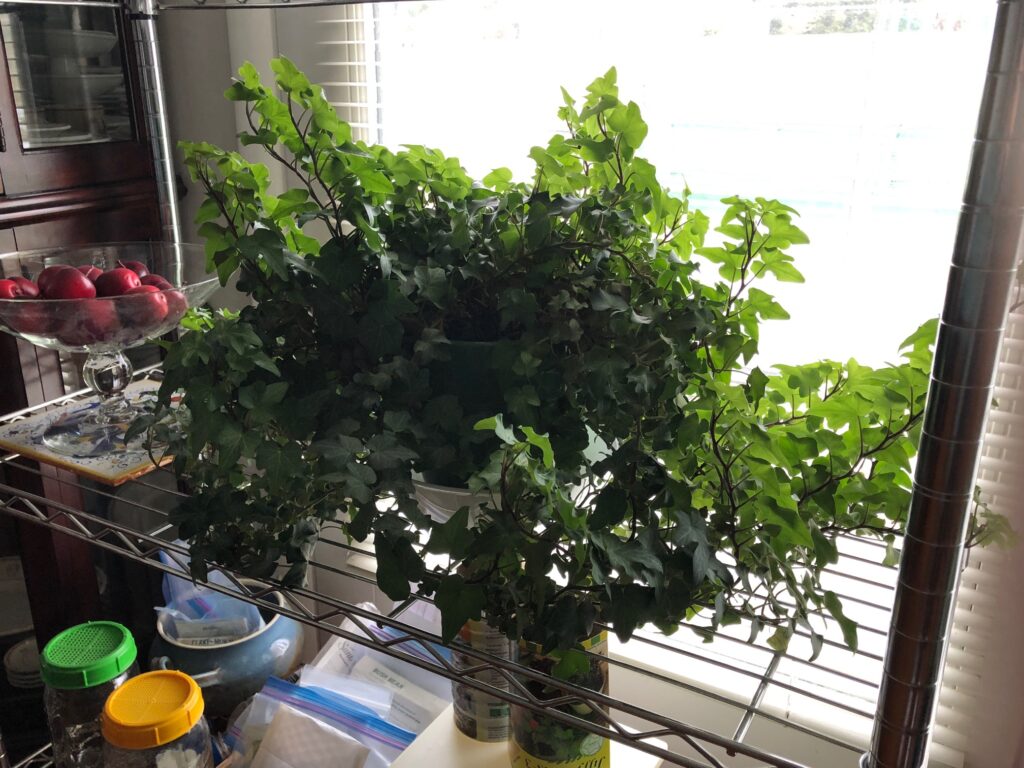This is the time of year I find my mind drifting to Spring gardening season. I’m looking longingly at our garden seeds and have been sorting through photos of our garden over the last several years. Wow! The year of sunflowers was spectacular and that giant pumpkin vine sure took up a lot of space!


Today, with the freezing drizzle outside, I broke down and dusted the living room. Shock! I know! Cleaning is always my last resort when I get bored! While I was watering my plants (all four of them) I was mindful that I don’t pay the same attention to them that I do to our outside garden plants.
My attention was drawn to my bookshelf with the stack of gardening books. (I’m so easily distracted!) I pulled out a book I had read in the 70’s that I found so interesting at the time: The Secret Life of Plants, by Peter Tompkins and Christopher Bird, 1973. This book was quite detailed about the early experiments conducted by Cleve Backster in the 1960’s. Backster was considered “America’s foremost lie-detector examiner,” (Tompkins & Bird, 1973, Pg. 3).

When he attached electrodes to a plant leaf in his office–mostly out of curiosity to see if the plant responded when being watered–he was astounded when there was a response. He tried a few other simple tests. The plant responded wildly when he just thought about going to get a match to burn a leaf. From that point forward his research shifted from human responses on the lie-detector, to find out if plants had real emotions and if the intent to harm was enough to trigger the response. Did plants actually have real emotions?

Just reviewing the Table of Contents of the book reminded me how far this initial research continued to influence major agricultural systems and research into how to tap into plant sentience (feelings) to affect growth. If we understood how plants feel, could we provide the right conditions for their growth? This path veered to the esoteric and extra sensory perceptions of the plants ending with a final chapter about the community of Findhorn, Scotland. This community was able to grow incredible plants in very harsh conditions by encouraging them telepathically to succeed.
So…should I be working harder to encourage my house plants to stay healthy and green?
I was curious to see if this book (published in 1973) was still in print. I searched on Amazon and yes, the book was reprinted in 1989 (with a new graphic on the cover) and was still available. Of course, thanks to Amazon’s search engine (If you liked this book here are some others you might like!) I found this next book: What a Plant Knows: A Field Guide to the Senses, by Daniel Chamovitz, 2012.

Technology and science have now caught up and revised many of the conclusions in the Tompkins & Bird book. I can see I’ll read this next one with great interest. It has been over 40 years and I’m curious how history now views the book. I was not disappointed. Here is a direct quote from Mr. Chamovitz, in the Prologue:
“My book is not The Secret Life of Plants, if you’re looking for an argument that plants are just like us, you won’t find it here…Worse than leading the unwary reader astray. The Secret Life of Plants led to scientific fallout that stymied important research on plant behavior as scientists became wary of any studies that hinted at parallels between animal senses and plant senses.” (Chamovitz, 2012, Pg. 6).
I’m looking forward to reading about the latest research in plant biology! Stay tuned for From the Bookshelf: What a Plant Knows.

